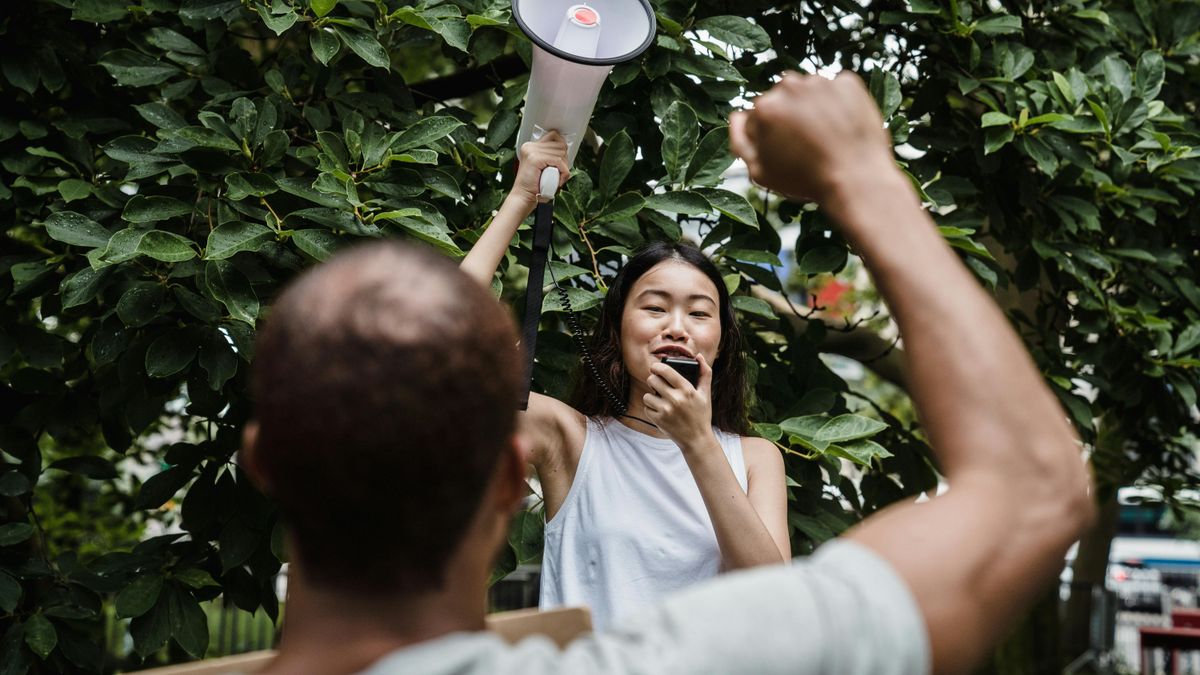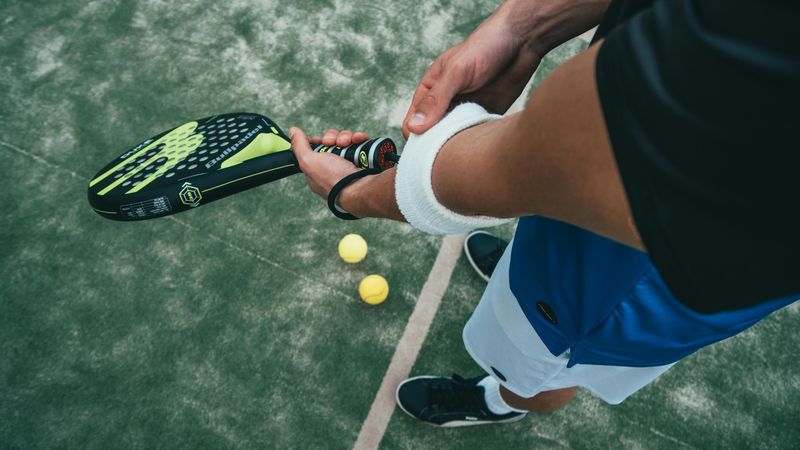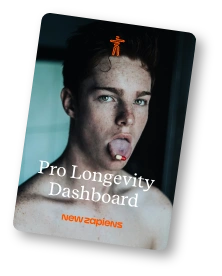Why Longevity Should Be a Human Right

What do you think the world’s biggest cause of suffering and death is? It’s not infectious diseases. Not wars. Not hunger. It’s aging. Manifesting itself as age-related diseases, such as cancer, cardiovascular diseases, diabetes, and dementia, among many others, aging is responsible for the vast majority of the world’s deaths, especially in developed countries, where other causes have been curbed to a greater extent.
Death typically follows a period of physical and mental decline, often accompanied by disability and excruciating suffering. This is the fate that awaits almost every human being, except the “lucky” ones who die young - that is, unless we do something about it.
Who wants to live forever?
For millennia, defeating aging was the stuff of myths and fairy tales. Dread of death combined with its inevitability led to humanity developing somewhat comforting, but also deeply conflicting attitudes toward aging. On the one hand, we cherish health and long life and try to avoid death as much as possible. Even when a “timely” death is looming, we usually do our best to protect our oldest citizens from it, until their very last breath. This is, by the way, what consumes the bulk of our healthcare budget.
On the other hand, we have adopted what the philosopher Patrick Linden, in his book The Case Against Death, calls “The Wise View” – an apologetic attitude that sees aging and death as not just something natural and unavoidable, but deeply meaningful and even beneficial. This view completely dominates philosophy and is deeply ingrained in our popular culture and public sentiment.
Everyone wants to be perceived as wise and sophisticated. This is why, according to polls, far fewer people express the desire to live long past 80 than assign this desire to others - that is, they believe they are being wiser than their brethren in rejecting this “seduction.” People also tend to justify aging in a shockingly inhumane way by invoking concerns like overpopulation, the need to “retire” older people to allow for progress, and so on. Debunking various anti-longevity arguments is fun, but I’d rather invoke a succinct quote from Andrew Steel’s book Ageless, which for me, shuts the lid on this debate once and for all: “Aging is not a moral solution to any problem.”
Finally, we have a chance, but also a problem
This paradoxical view of aging hurts the standing of the only scientific discipline that challenges death: geroscience, the biology of longevity. Despite having humanity’s biggest problem in its crosshairs, geroscience has not been able to attract mainstream-level attention and funding.
While the situation is gradually improving, geroscience is still often mocked and not taken seriously. Case in point: in a recent X post, the arguably most popular geroscientist, Dr. David Sinclair of Harvard, touted a report that shows a steady 6% year-over-year growth in longevity biotech - a figure that is, frankly, nothing to be excited about.
Many in the longevity field blame this predicament on geroscience’s lack of tangible results in the form of working anti-aging therapies in humans (though such therapies exist for animal models). This view suggests that we need to show results first in order to get noticed and properly funded.
However, as another prominent geroscientist, Dr. Aubrey de Grey, head of the LEV Foundation, noted in one of his recent conference appearances, this is not the only path forward. Cancer research, for instance, boomed after the “War on Cancer” was declared more than half a century ago, even though oncologists had little idea of how to actually tackle the disease. They wildly overpromised and underdelivered - yet this seemed to only reinforce society’s resolve to find the cure. For decades, immense funds poured in, and today, we have finally made some real progress.
Similarly, funding for Alzheimer’s research is also vastly greater than what geroscience - which studies the underlying causes of this and many other diseases - receives. Successes are scarce, and questions regarding the underlying theories are many, but nothing seems to deter either governments or private investors from pouring tens of billions of dollars into this seemingly bottomless pit. Here too, we are finally starting to see some modest results.
Arguably, geroscience is in a much better position today: researchers know a great deal about at least some aspects of aging and are exploring many promising directions. Some of these amazing advances include cellular reprogramming, which rejuvenates cells and produces various cell types on demand, senolytics, the drugs to get rid of misbehaving cells, and radical, corner-cutting approaches such as organ and tissue replacement. The entire biomedical field is also undergoing a profound transformation, as AI is taking over – probably, the only tool that can unravel the immense complexity of biology. As a science journalist, I can go on and on about astounding discoveries and the passionate, dedicated people who make them.
It is crucially important to understand that for the first time in human history, we actually have a chance against aging. This might seem like a long shot, but all long shots look perfectly reasonable and even inevitable in retrospect (think of the idea of flight). Of course, we should expect some avenues to lead nowhere, some theories to be overthrown, and some research to bear no fruit. This is normal and not what keeps geroscience from becoming the next big thing.
The solution: reframing longevity as a human right
The problem we have is with public opinion. We need to get it on our side. I believe that we can do it not by showcasing nascent therapies, but by boldly and unabashedly wielding a strong moral argument. If I were to distill this argument into a single short sentence, it would be: “Longevity is a human right.”
Before becoming a science journalist in the longevity field, I used to cover a variety of topics revolving around policy, politics, and, yes, human rights. When I discovered longevity, I gradually realized how fitting the concept of human rights is for this field, and how it can lead us to a breakthrough.
To enter the mainstream, you must speak its language, and today, the entire world speaks the language of human rights. Virtually all countries have adopted the Universal Declaration of Human Rights. Of course, this doesn't mean all of them adhere to all its principles, but the fact that even the most vicious regimes try to hide behind the language of human rights attests to its power and widespread acceptance.
Still, in today’s polarized world, many associate the concept of human rights with just one part of the political spectrum – the Left. This could not be farther from the truth. In fact, America’s foundational document, the Declaration of Independence, famously recounts three of the “inalienable rights” that all humans are endowed with: Life, Liberty, and the Pursuit of Happiness. It is certainly a travesty and a tragedy that for a long time, these rights were only extended to some groups in the population, but we have undeniably made great progress since then.
We, the people, decide what constitutes a human right; the concept is a product of cultural evolution. New rights are proposed, debated, and sometimes added to the list. Take the right to education. A couple of centuries ago, people would have scoffed at the idea of giving every child free schooling. Today, it lies firmly within the consensus. The same happened with the right to healthcare, which is recognized by most developed countries with the notable exception of the US, where it is being adopted gradually.
So, while I expect my proposition to recognize longevity as a human right to raise some eyebrows, I am willing to defend it. The core idea is that society must do everything reasonably within its power to help people live longer, healthier lives. Among other things, this means massive investments in geroscience.
What does it mean exactly?
For me, framing longevity as a human right is natural and intuitive. Not only does it belong in “the Pantheon of Rights,” but it deserves a central place there as an extension of “the Big Three” from the Declaration of Independence. With the right to life, the connection is obvious: aging is what ends life. Liberty? Longevity means liberation from physical decline and death, the freedom to do the things you love for as long as you want. The pursuit of happiness? You clearly need to be alive to pursue anything. However, let’s talk about what longevity actually means.
Among people in our field, there is no agreement about how to best characterize – and promote - what we are striving for. Some would have no problem using the I-word - “immortality.” Others would cringe at the very sound of it. Some argue that the correct wording is life extension or lifespan extension. Yet others suggest it’s more prudent to talk about healthspan extension (healthspan is the part of lifespan spent in reasonably good health). Finally, there's “healthy aging,” which I personally view as a miserable oxymoron.
I think the term “longevity” is the most suitable of them all. It serves as a big tent for various warring-yet-collaborating camps inside what is already known as “the longevity field” or “the longevity space.” It hardly invokes negative associations – who could possibly be against longevity? It is broad and accommodating, yet clear enough to serve as a beacon and a rallying cry. Longevity means living healthier for longer – discounting neither small gains, nor bold visions.
Next, let’s get the confusion between longevity and healthcare out of the way. Yes, we already have healthcare systems in place, but they are not optimized towards increasing longevity. Today’s healthcare is hopelessly reactive, while to maximize longevity, you need things like early diagnostics, preventative care, and strong incentives for people to maintain a healthy lifestyle (in addition to advanced research).
It is not for nothing that many geroscientists refer to conventional healthcare as “sickcare.” Indeed, the extent to which it prioritizes battling symptoms (at a great cost and with limited effect) over studying and eradicating their root causes, is astonishing. According to research, we may have already maxed out on life expectancy gains, unless we pivot towards interventions that actually address aging as the core driver of disease and frailty – towards longevity.
From moral imperative to the economic argument
Speaking of longevity as a human right opens up completely new possibilities in our fight for public sentiment. First, it immediately defuses many of the stale anti-longevity arguments such as that our field is merely a playground for billionaires who want to have more time to hoard even more money and power (I wish that was true, since in reality, billionaires invest very little in longevity research). Second, it allows us to form much broader coalitions and reach new allies. Most importantly, it gives us the moral standing to demand an urgent and unconditional national and global effort to study, delay, and eventually defeat aging.
Many in our field dream about longevity becoming the next Apollo program or the next Manhattan Project (although I personally cringe at the latter being mentioned alongside longevity). However, when something is recognized as a human right, the resources society invests in it dwarf any moonshot enterprise. The entire cost of the Manhattan Project over four years in 2024 dollars amounted to $37 billion. The Apollo program cost roughly $300 billion over 13 years. Compare this to the “right-level” spending on public K-12 education ($1 trillion annually) and on Medicare and Medicaid ($2 trillion annually). This is the ballpark where longevity rightly belongs.
How you can help humans live longer
So, as John Oliver likes to conclude his shows about societal ailments, “What can we do about it?” As I have confirmed personally again and again, the concept of longevity as a human right is a fantastic conversation starter and an elevator pitch for our cause. If you find my argument convincing, just start talking about it – and see what happens.
The longevity field has many great advocates, but we need advocates on every street corner. Call your representative in Congress and ask them to join the Longevity Science Caucus. Call your state representative and ask them to promote universal right to try legislation, similar to the one Montana has passed. Connect with other longevity enthusiasts. Post on your social media. Anything helps. Let’s make the world stop seeing aging as inevitable and start seeing it as unacceptable.
References
Author: Arkadi Mazin
Science Journalist at Lifespan.io




